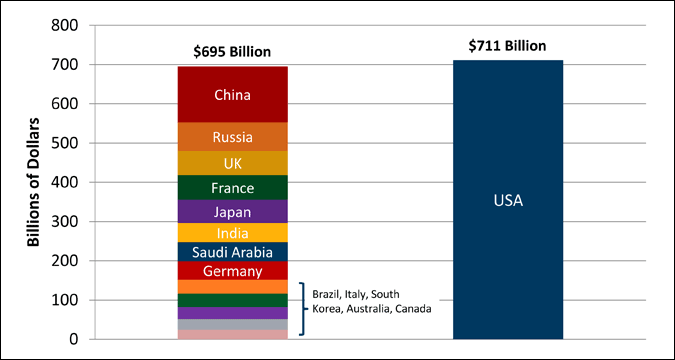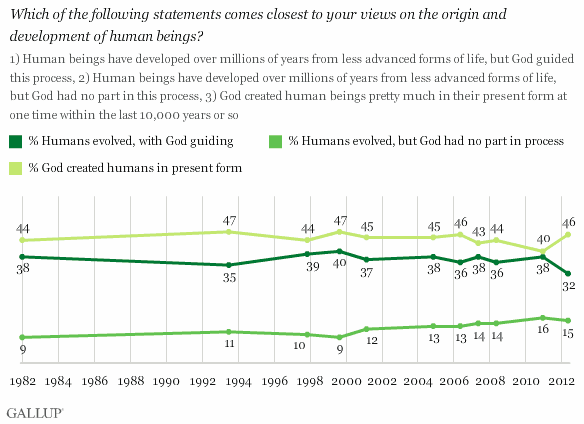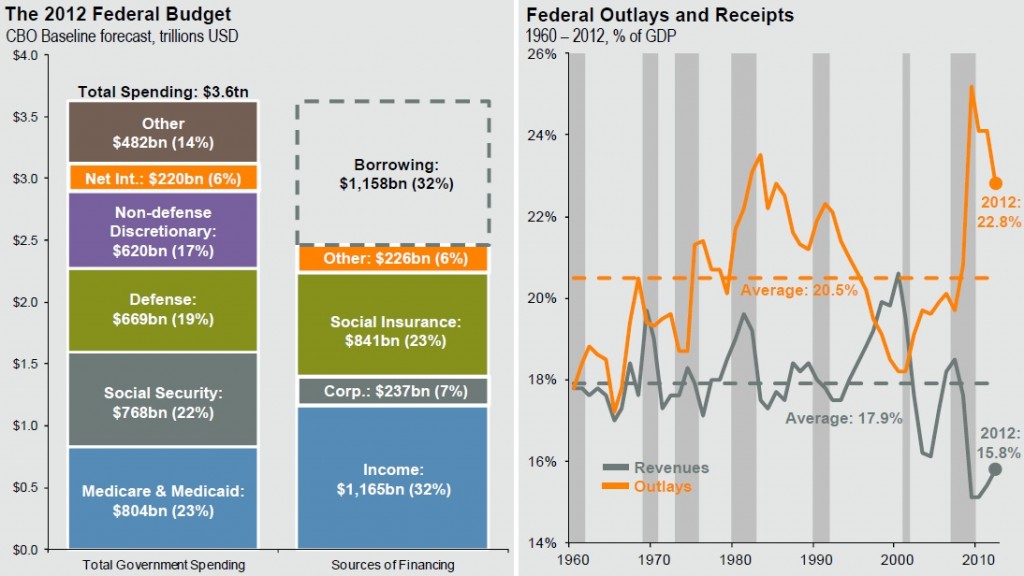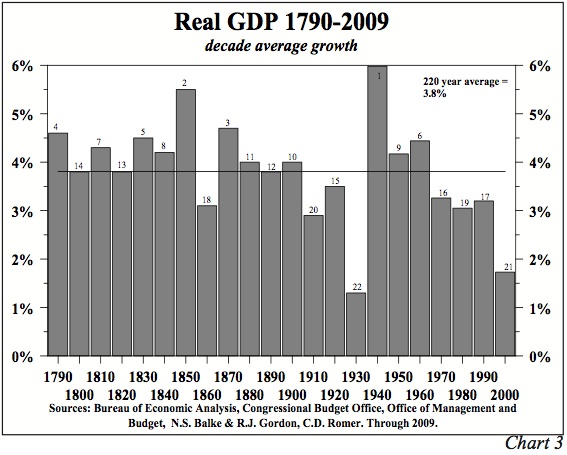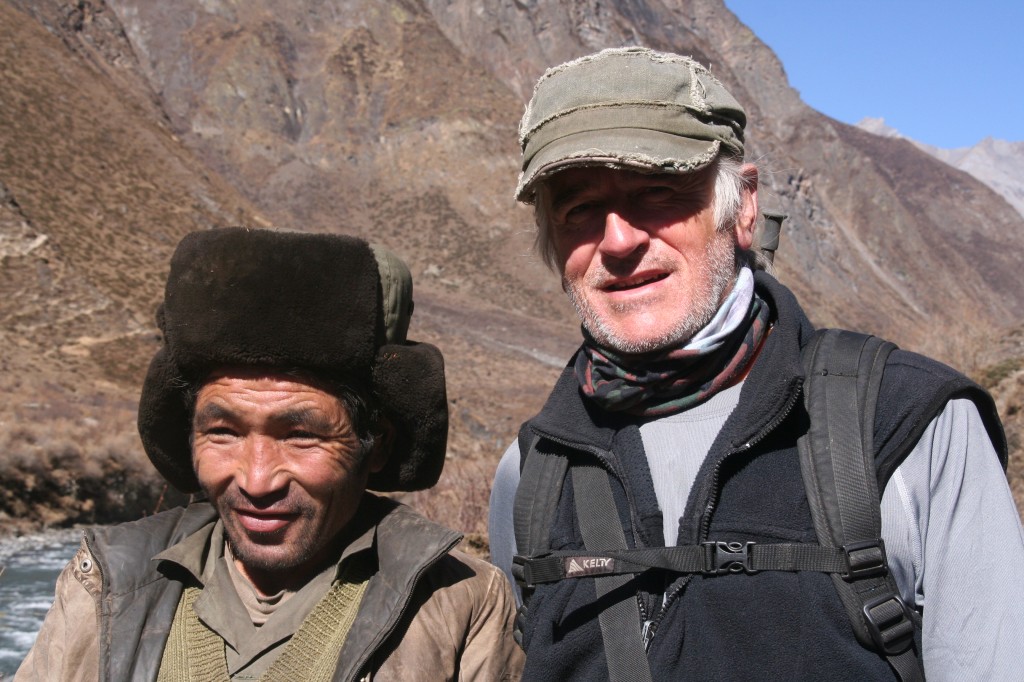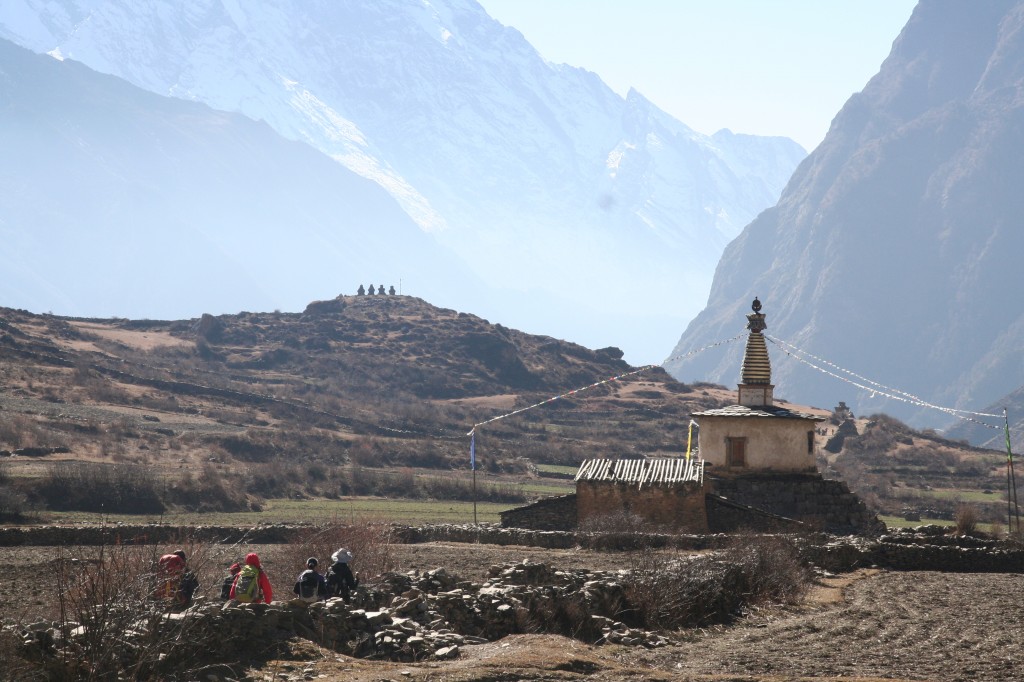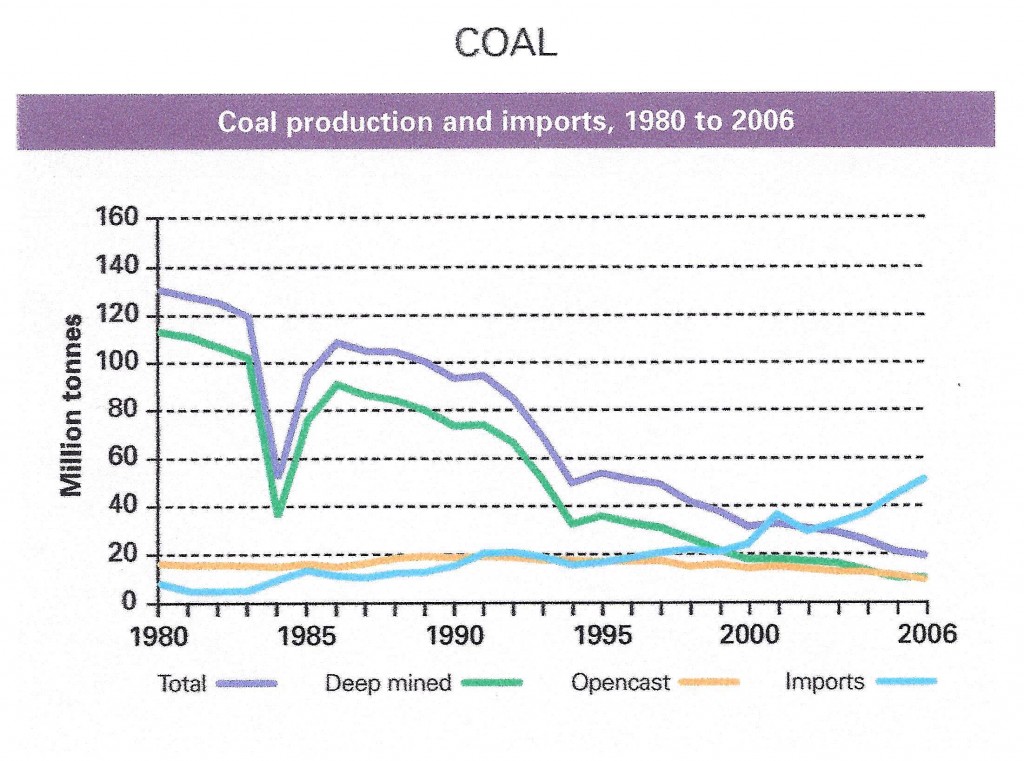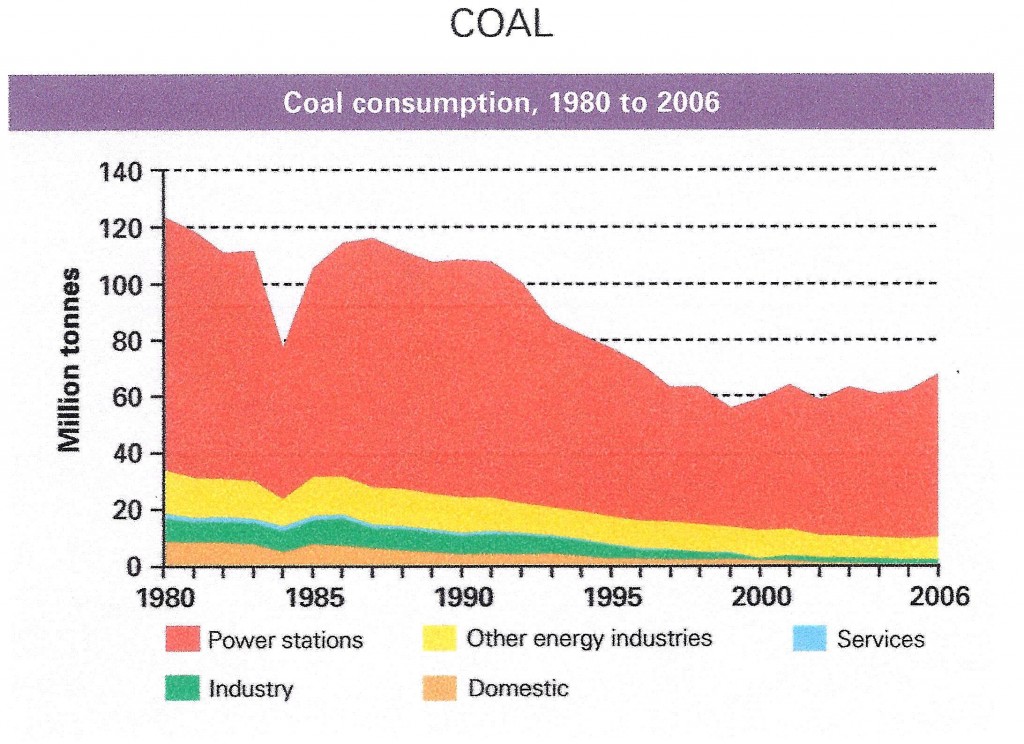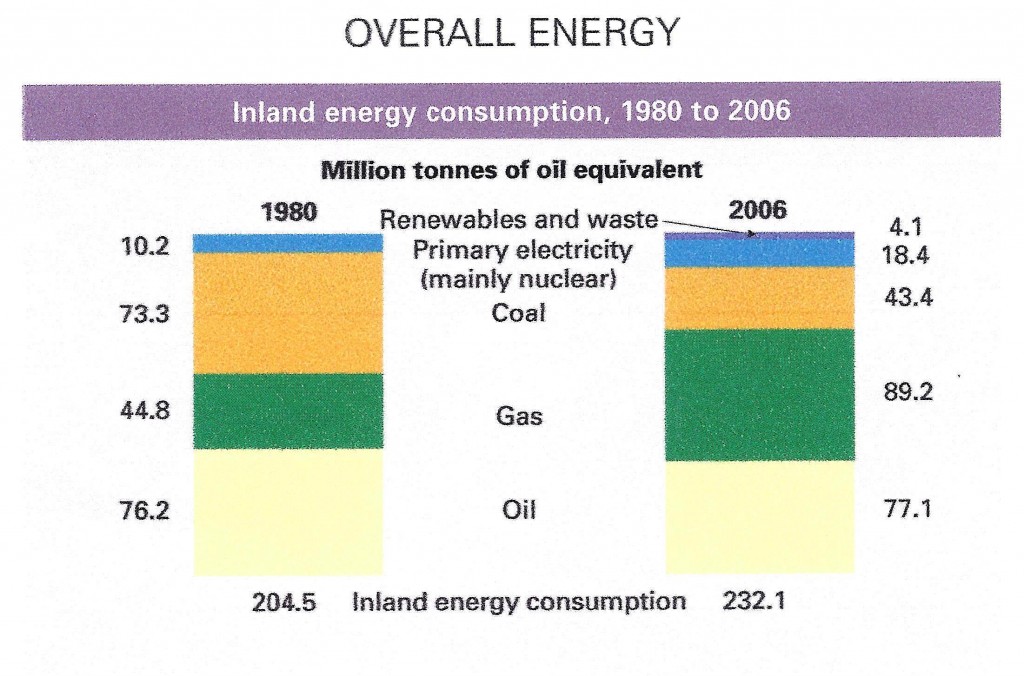The 1925 Butler Act in Tennessee decreed: “That it shall be unlawful for any teacher in any of the Universities, Normals, all other public schools of the State which are supported in whole or in part by the public school funds of the State, to teach any theory that denies the Story of the Divine Creation of man as taught in the Bible, and to teach instead that man has descended from a lower order of animals.” It remained on the books until 1967.
What was the purpose of education in the USA in 1925? The nation was primarily rural. A high percentage of the population worked on small scale farms. Others did low skill jobs in relatively unmechanized factories. It was similar to life in Nepal in the very recent past. The skills children needed were learned in the fields or factories not schools. What parents wanted kids to learn in addition to practical skills were the beliefs on which their culture depended. That’s why the 1925 Butler Act became law, so children would not be taught to question the Bible’s teachings.
The 1944 Butler Act in the UK promised every child would in future have secondary education, and it would be education best suited to their abilities. The economy would be supplied with intellectuals, technicians and general workers, each with the necessary training. Before 1944, some local governments provided secondary schools but most were tuition-funded. To prosper in the aftermath of WW2, every British child was to get secondary education either in a Grammar school with an academic curriculum for intellectuals, an equally respected Secondary Technical school with a curriculum for future scientists, engineers and technicians, or an equally respected Secondary Modern school focused on training for less skilled jobs and home management.
That plan collided with both economic reality – the UK economy was devastated by WW2 – and cultural reality. Grammar schools got all the prestige, few Technical schools were established, and Secondary Modern schools were inadequately funded. To promote a more egalitarian society, Comprehensive secondary schools were later established for children of all abilities and social classes. There is now a mix of the two systems.
But it was not just that there was a form of caste in the UK with land-holding families looking down on merchants who looked down on laborers and so forth. There was also a profound division within Britain’s intellectual class. Education in Britain traditionally focused on study of the human condition via history and the arts, not reasoning from the outcome of scientific experiments.
In a famous 1959 lecture, British scientist and novelist C. P. Snow said Western education had split in two, the sciences and the humanities, and he later wrote: “A good many times I have been present at gatherings of people who, by the standards of the traditional culture, are thought highly educated … if I had asked [them] ‘What do you mean by mass, or acceleration?’, which is the scientific equivalent of saying, ‘Can you read?’ not more than one in ten would have felt that I was speaking the same language. So the great edifice of modern physics goes up, and the majority of the cleverest people in the western world have about as much insight into it as their neolithic ancestors would have had.”
Snow wanted two things, an end to the contempt for scientists among “gentlemen” educated in the humanities, which in the USA we call social sciences, and for everyone who would have an impact on future society to know the fundamentals in all fields of knowledge and be trained to use all available thinking tools.
The Dalai Lama recently advocated essentially the same thing: “The great benefit of science is that it can make a tremendous contribution to the alleviation of suffering on a physical level, but it is only by cultivating the qualities of the human heart and transforming our attitudes that we can begin to address and overcome our mental suffering. We need both, since the alleviation of suffering must take place on both a physical and a psychological level.”
In summary, the purpose of education is to motivate and enable us to take better action.
What, then, are the implications for public education in the USA? What are our existing problems, our future challenges, potential solutions, and likely obstacles?
I’m exploring our greatest new challenges in other posts. In summary: (1) Capital is over-represented relative to people as a guide to government policy, (2) Extremists too easily thwart government action, (3) Our citizens are poorly equipped to understand what government action is appropriate, and (4) We have not recognized the implications of globalization and information technology for our economy. Also, we still face all the same challenges guiding our behavior with each other as all civilizations have throughout history.
Because our government at all levels is elected, our most serious obstacle would be if many of our citizens are poorly equipped to differentiate between fact and fiction or use reason. The world has changed greatly since I was in school and the pace of change has greatly accelerated. We should prepare our children for a world whose characteristics we can only intuit, not know. The better they can understand how that world works the better able they will be to thrive, and the better trained they are in controlling their minds the better they will behave with each other.
We should not allow our children to be taught as factual theories about the world that we know are false. What we should teach them is how to gather the facts, how to differentiate between facts and non-facts, how to reason and experiment, how to develop intuition and know how to use it, and how to communicate effectively.
Unfortunately, I do not know enough about how education is directed in the USA, the respective roles and authority of the Federal, State and local governments, school districts and individual teachers to propose a solution. The intentional division of power makes it hard to steer. We must worry in a different way about what my brother-in-law who advises new national governments about education policy pointed out: “You and I want education to develop people’s ability to think for themselves, to find the facts, analyze them, come to a conclusion and act accordingly. That is not necessarily what heads of government want people to do.”

